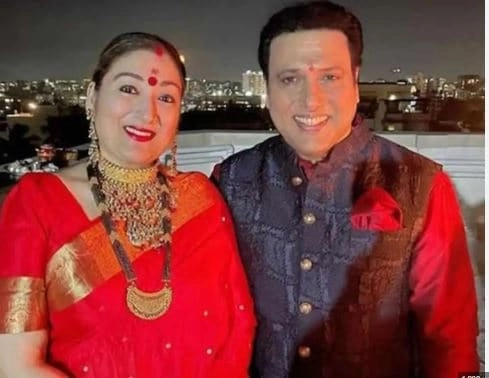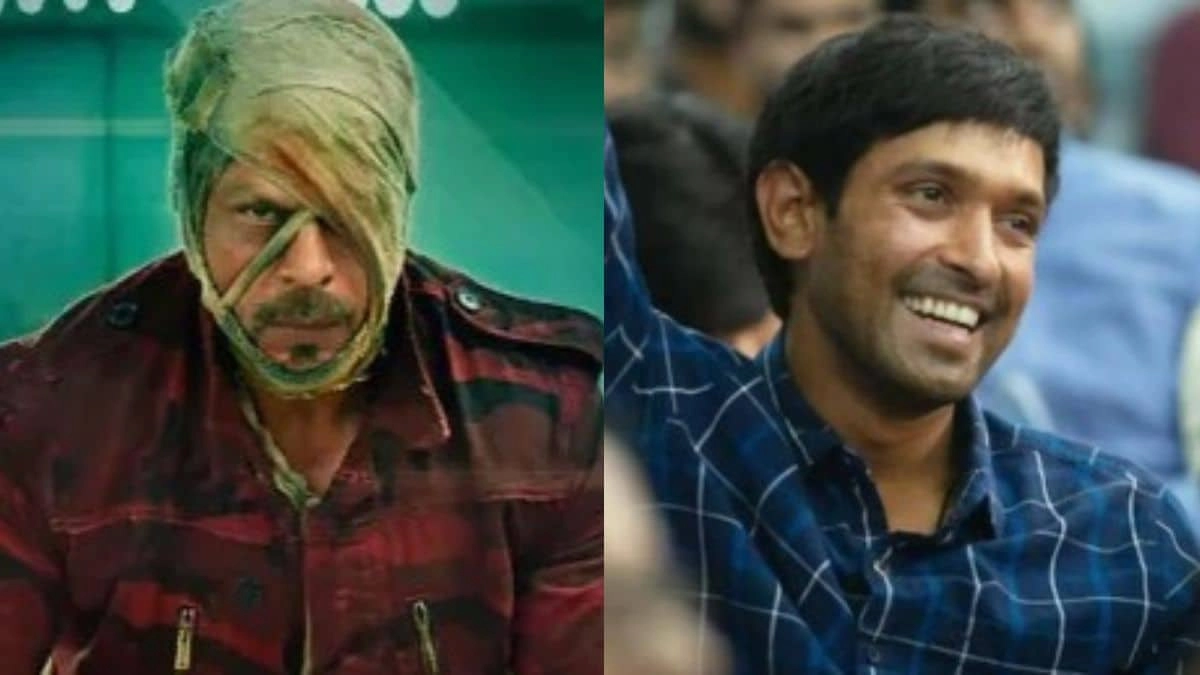Kamal Haasan’s recent film, “Thug Life,” has sparked conversations about the often-discussed topic of age gaps in Indian cinema, particularly regarding the portrayal of male and female actors. In the film industry, it has become increasingly apparent that age disparities are more readily accepted when it comes to male actors. Haasan’s character, much younger than his romantic interest, exemplifies a longstanding trend where older male stars are paired with significantly younger female counterparts. This recurring theme raises questions about societal norms and reflects a broader issue regarding gender expectations within the cinematic landscape.
In “Thug Life,” Haasan, a veteran of the industry, navigates the complexities of a narrative that challenges conventional portrayals of masculinity and relationships. The film highlights a double standard, showcasing how male actors are often celebrated for their maturity and experience, while female actors face scrutiny and criticism for age differences in their roles. This disparity in how age is perceived for male and female characters underscores a cultural bias that permeates Indian cinema. Haasan’s participation in such a narrative not only reinforces the status quo but also invites viewers to reflect on the implications of these portrayals.
The acceptance of significant age gaps in male-led narratives can be traced back to the patriarchal structures inherent in society, where male characters are often depicted as wise, powerful, and desirable, regardless of age. This contrasts sharply with the portrayal of female characters, who are frequently judged based on their youth and physical appearance. As audiences become more aware of these disparities, there is a growing demand for more nuanced storytelling that challenges traditional gender roles. Haasan’s involvement in “Thug Life” serves as a reminder of the need for change within the industry, encouraging filmmakers to explore diverse narratives that reflect contemporary attitudes towards age and gender.
Ultimately, “Thug Life” stands as a significant commentary on the prevailing attitudes towards age gaps in Indian cinema. By highlighting the stark differences in how male and female actors are treated, the film paves the way for critical discussions around the representation of age and gender in storytelling. As the industry evolves, it is essential for filmmakers to recognize and address these issues, creating a more equitable and inclusive cinematic landscape. Kamal Haasan’s role in this conversation is vital, as his stature in the industry can influence future narratives and encourage a shift toward more balanced representations of age and gender dynamics in Indian cinema.




